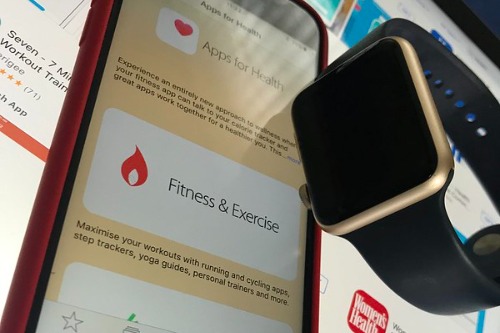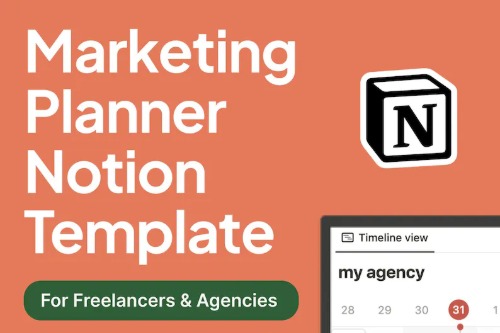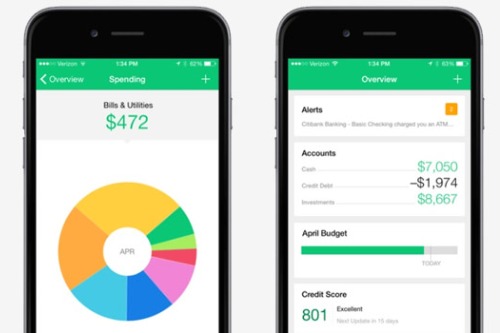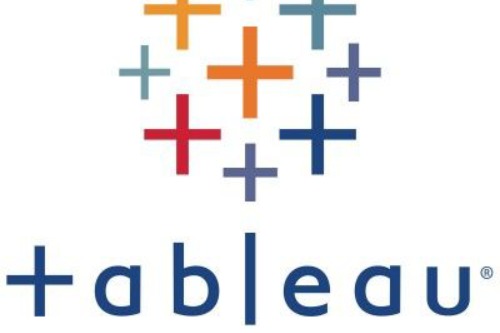1. Health Habit Trackers

Apps like Habitica, Streaks, or even Apple Health’s daily goals feel high-tech, gamified, and data-driven. You log water intake, track workouts, and visualize your sleep trends in a neat, swipeable UI. But when it comes down to it, they’re just timestamped entries stored in a table with conditional alerts. If that sounds like a spreadsheet, that’s because it is.
Want to track your workouts, moods, or heart rate? Excel can do it—and some folks still do it manually in Google Sheets. The biggest “innovation” here is the dopamine hit from completing a ring or seeing a colorful streak. Otherwise, it’s a daily input log plus a bar chart—which isn’t exactly new tech.
2. Startup CRMs for Small Teams

There’s a whole wave of CRMs like Streak, Copper, or Close that promise to streamline relationship-building for scrappy teams. They let you track leads, set follow-ups, and build sales pipelines with drag-and-drop ease. But underneath it all, it’s a spreadsheet of names, dates, statuses, and notes—just with shinier buttons. Replace “Leads” with a new worksheet tab and you’re most of the way there.
Even Salesforce, when you boil it down, is a giant relational database with rows and columns that behave like Excel sheets on steroids. These tools win because they’re prettier and integrate with email, not because they do math better. The spreadsheet logic hasn’t evolved; it’s just better packaged. And you still export it to Excel at the end of the quarter anyway.
3. No-Code Dashboards

At first glance, no-code platforms like Airtable or Notion’s databases look like a sleek reinvention of data management. They let you create dashboards, filter data, and link entries like a boss—without writing a single line of code. But under the hood, these tools are just gussied-up spreadsheets with some relational logic and prettier fonts. The interface is easier on the eyes, but it’s still you, dragging cells around and pretending you’re not using a spreadsheet.
People pitch these tools like they’re replacing entire engineering teams, but the core function is tracking and displaying structured data. That’s literally what Excel has done since the ’90s. You can group, filter, and sum things? Congratulations—you just discovered pivot tables. The difference is now it costs $30 a month and looks more like a Pinterest board.
4. Personal Finance Apps

Apps like Mint, Monarch, or Rocket Money promise automated money mastery with just a few taps. They connect to your bank, categorize your transactions, and show you a pie chart of where your money went last month. But the tech isn’t magic—it’s glorified spreadsheet math with account syncing. Budget = income – expenses, still.
In fact, people have been building personal budget trackers in Excel for decades—with conditional formatting, macros, and everything. The only real leap is that now it auto-updates and nags you via push notifications. When Mint shows you’re $200 over your “dining out” budget, it’s because it’s adding up transactions and comparing them to a number you entered. That’s a spreadsheet function in a hoodie.
5. OKR Tracking Platforms

Tools like Lattice, Weekdone, and 15Five let you track OKRs (Objectives and Key Results) like a Silicon Valley pro. You can assign goals, set deadlines, and measure “key results” to show progress—all in a clean UI. But what’s happening behind the curtain is a glorified checklist and percentage calculator. They even export to CSV if you want to take it back to the source.
The same functionality exists in Excel with some conditional formatting and cell formulas. If you can write “=GOAL/ACTUAL” in a cell, you can track OKRs. These platforms are mostly offering accountability through collaboration features, not some revolutionary computation. And yes, there’s a dashboard—because of course there is.
6. Inventory Management Apps for Etsy Sellers

If you’re running a side hustle, tools like Craftybase or Sortly promise streamlined inventory and order management. You scan barcodes, track raw materials, and calculate profit margins—without “ever touching a spreadsheet.” But of course, you are touching a spreadsheet—just one that’s been boxed into buttons and drop-downs. It’s still rows of item names, quantities, and costs.
The formulas are hidden from view, but rest assured they’re still there: SUM, IF, and VLOOKUP in disguise. Inventory management has been one of Excel’s core use cases for ages. These apps are more accessible and user-friendly, yes—but they’re basically Excel templates wearing Etsy-friendly fonts. It’s a rebrand, not a reinvention.
7. AI-Powered Business Intelligence Tools

Business intelligence tools like Tableau, Power BI, and even Looker are praised for “leveraging AI to transform insights.” But what they usually mean is they help you make prettier charts or automatically suggest trendlines. Underneath all that jazz, it’s still spreadsheet-style data being filtered, sorted, and visualized—just with machine learning doing some of the heavy lifting. You’re still asking: “What’s our Q2 revenue split by region?”
Sure, there’s some AI-assisted forecasting, but most dashboards are driven by manual data inputs and simple logic trees. Excel’s been doing this since the “what-if analysis” days. People are just more excited about it now because it’s color-coded and can be shared on Slack. Strip away the branding and you’re still running a monthly sales report with fancy slicers.
8. AI-Powered Meeting Note Tools

Otter.ai, Fireflies, and other AI transcription tools claim to “revolutionize how we collaborate and retain information.” And yes, speech-to-text is impressive and useful, but most of what these tools produce is just time-stamped text stored in structured rows. The “insight” part—like tagging action items or extracting themes—is often just basic keyword recognition or user labeling. It’s a formatted note-taker with decent search functions.
You could recreate 80% of the functionality with a well-kept Excel sheet, timestamps, and a summary column. AI helps with automation, sure, but we’re still parsing human conversation into bullets and dates. It’s not far off from taking minutes at a meeting—just faster and prettier. Once again: data goes in, spreadsheet comes out.
This post 8 American Tech Trends That Sound Revolutionary—Until You Realize They’re Just Reskinned Excel Sheets was first published on American Charm.


